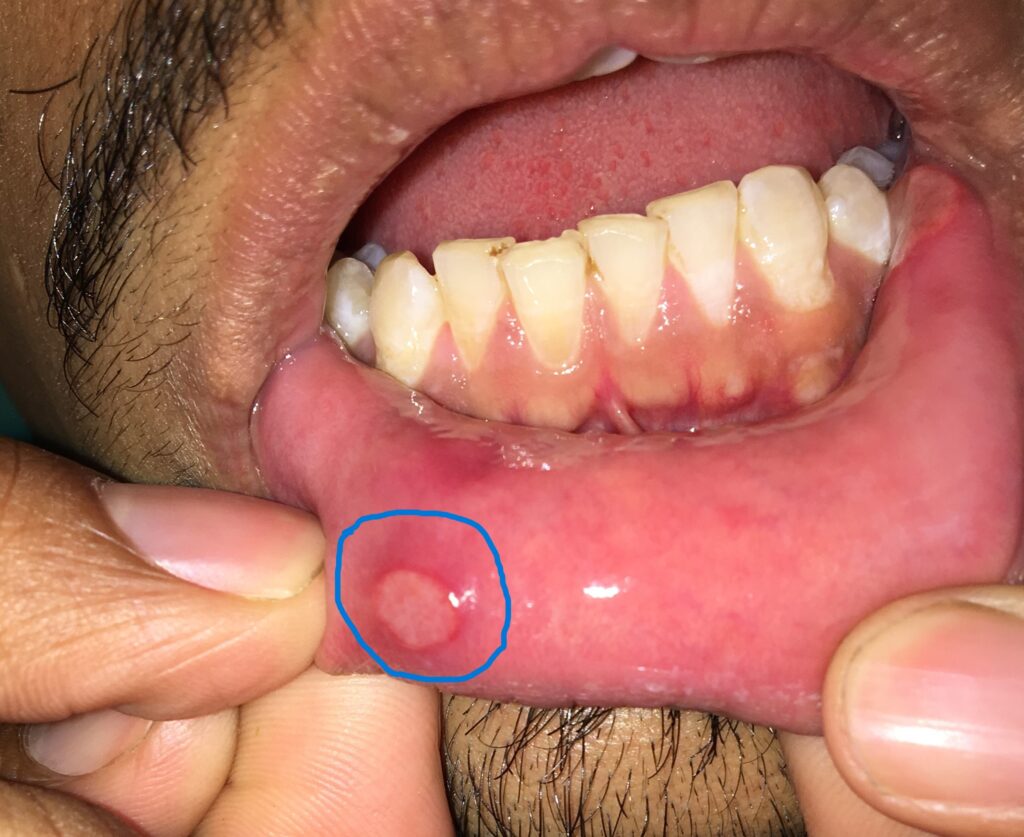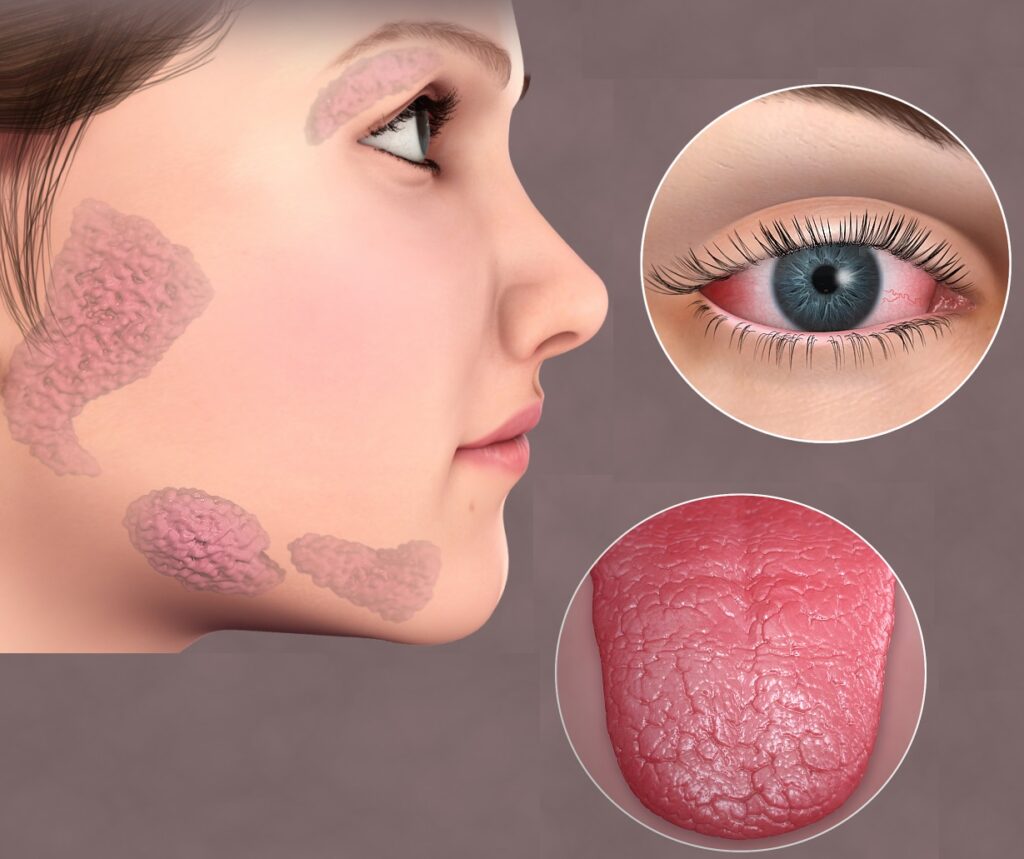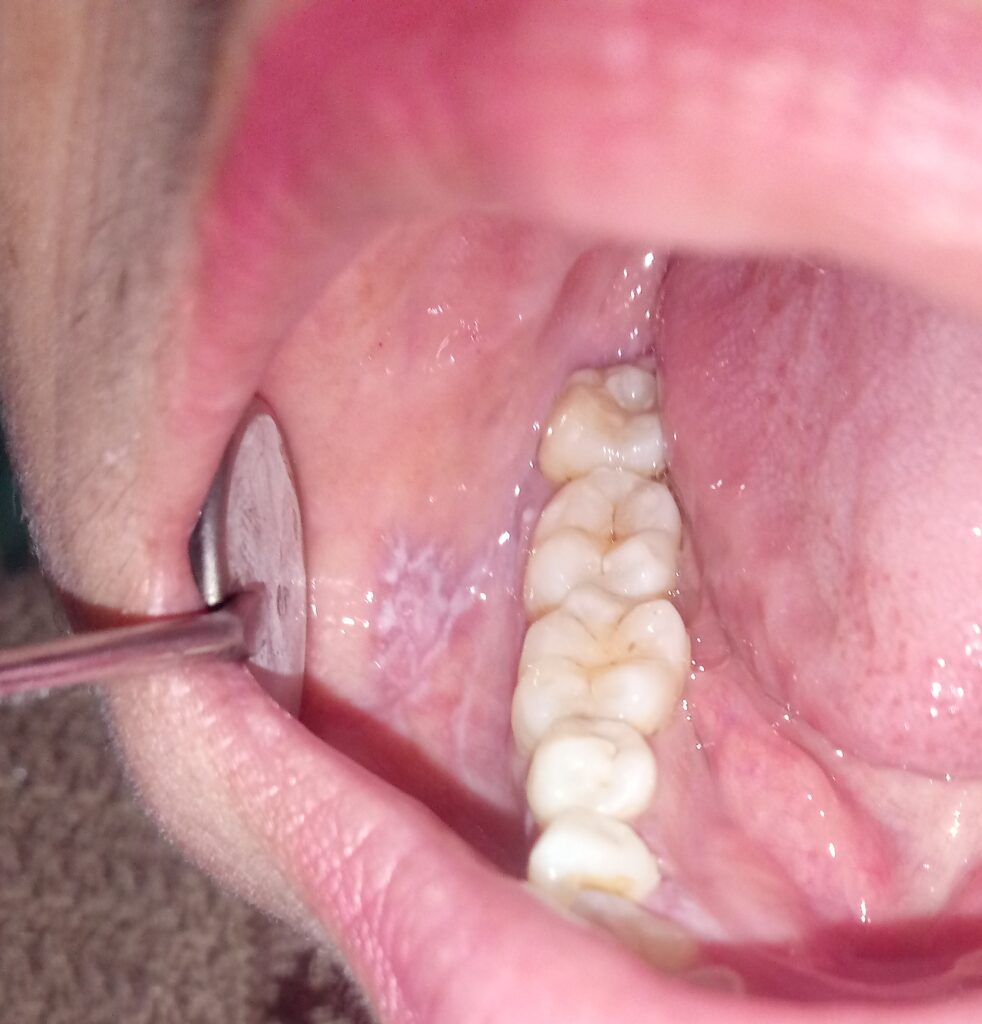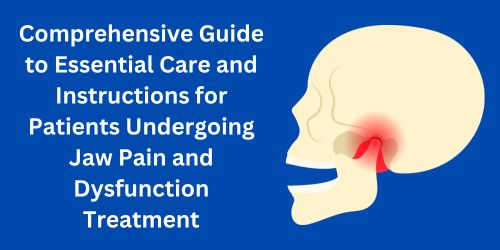Introduction
The Intersection of Genetic Disorders and Dental Health
Rare genetic disorders often present unique challenges in dental care. Dentists and oral physicians may be among the first healthcare professionals to detect these conditions due to their distinct oral manifestations. Ectodermal Dysplasia (ED) is one such disorder that significantly affects the development of teeth, skin, hair, nails, and glands. Individuals with ED often require specialized oral care modifications to manage dental anomalies and improve overall health.
Understanding Ectodermal Dysplasia and Its Oral Health Implications
This article explores Ectodermal Dysplasia (ED) and its impact on oral health. We will discuss its causes, symptoms, diagnostic approaches, and preventive measures, emphasizing the essential oral care modifications for individuals with ED. Additionally, we will highlight the multidisciplinary role of dental and medical professionals in managing the condition.
What is Ectodermal Dysplasia?
Ectodermal Dysplasia (ED) refers to a group of genetic disorders affecting ectodermal-derived structures, such as hair, skin, nails, teeth, and sweat glands. Individuals with ED may have abnormalities in these tissues, leading to various functional and cosmetic challenges.
Causes of Ectodermal Dysplasia
ED is primarily caused by genetic mutations affecting the ectodermal tissue’s development. It can be inherited in an X-linked, autosomal dominant, or autosomal recessive pattern, depending on the specific ED subtype. The most common form is X-linked hypohidrotic ectodermal dysplasia (XLHED), primarily affecting males.
Symptoms and Features of Ectodermal Dysplasia
General Symptoms:
- Sparse or absent scalp and body hair (hypotrichosis).
- Abnormal nail growth (dystrophic, thickened, or fragile nails).
- Dry and thin skin prone to rashes and infections.
- Inability to sweat (hypohidrosis), leading to heat intolerance.
- Respiratory issues, such as chronic nasal congestion and sinus infections.
Oral Manifestations of Ectodermal Dysplasia
- Congenitally missing teeth (hypodontia or anodontia).
- Abnormal tooth shape (conical, peg-shaped, or widely spaced teeth).
- Delayed tooth eruption and underdeveloped alveolar ridges.
- Xerostomia (dry mouth) due to reduced salivary gland function.
- Increased risk of dental caries and periodontal disease.
- Thin or fragile oral mucosa, making it prone to injuries.
Investigation and Diagnosis
Diagnosing Ectodermal Dysplasia involves clinical assessment, genetic testing, and imaging studies:
- Clinical Evaluation:
- Physical examination of hair, nails, skin, and sweat gland function.
- Dental examination for missing or abnormally shaped teeth.
- Family history assessment.
- Genetic Testing:
- Blood tests to identify mutations in genes such as EDA, EDAR, and EDARADD.
- Radiographic Imaging:
- Panoramic X-rays and CBCT scans to evaluate tooth development, alveolar bone structure, and impacted teeth.
Treatment and Prevention
General Care for Ectodermal Dysplasia Patients
- Regular medical check-ups to monitor systemic health.
- Temperature regulation strategies, such as wearing cooling vests and staying hydrated.
- Skin and hair care with gentle moisturizers and scalp treatments.
Oral Care and Required Modifications
- Early dental interventions to manage hypodontia or anodontia.
- Prosthodontic treatments (dentures, overdentures, or dental implants) to restore function and aesthetics.
- Orthodontic management for malocclusions and jaw discrepancies.
- Frequent dental check-ups to monitor oral health status.
- Use of fluoride treatments and saliva substitutes to combat dry mouth and prevent cavities.
Precautions and Management
Role of General and Oral Physicians
- General Physicians: Monitor systemic health, hydration levels, and temperature regulation.
- Oral Medicine and Radiologists: Aid in early diagnosis through imaging and clinical signs.
- Oral Surgeons: Perform surgical interventions such as bone grafting and implant placement.
- Prosthodontists: Design and fit custom prosthetic solutions for missing teeth.
- Orthodontists: Address malocclusion and jaw alignment issues.
- Dermatologists: Manage skin conditions associated with ED.
- Ophthalmologists: Address vision-related complications due to ectodermal defects.
Instructions for Patients
- Maintain meticulous oral hygiene with a soft-bristled toothbrush and fluoride toothpaste.
- Avoid excessive heat exposure and stay hydrated.
- Use dental prostheses or implants for improved function and speech.
- Attend regular dental visits for early detection of complications.
- Protect the skin with moisturizers and wear UV-protective clothing.
Conclusion
Ectodermal Dysplasia is a genetic disorder that affects multiple ectodermal structures, including the oral cavity. The absence or malformation of teeth, coupled with dry mouth and periodontal issues, necessitates specialized dental care. Early diagnosis and a multidisciplinary management approach can improve quality of life, ensuring better oral health, function, and aesthetics. Increased awareness and collaboration among dentists, oral physicians, dermatologists, and other healthcare professionals can lead to effective treatment strategies and enhanced patient care.
Frequently Asked Questions (Q&A)
- Can Ectodermal Dysplasia affect the teeth directly?
Yes, ED often causes missing teeth, abnormal tooth shapes, and delayed eruption. - What precautions should dentists take when treating ED patients?
Dentists should use gentle handling, ensure adequate saliva substitutes, and consider prosthetic or implant solutions. - Are dental implants safe for ED patients?
Yes, but bone grafting may be required due to underdeveloped alveolar ridges. - Can ED patients experience dry mouth?
Yes, reduced salivary gland function can lead to xerostomia, increasing the risk of cavities. - What dental treatments are recommended for children with ED?
Early prosthetic management (dentures or space maintainers) is crucial for speech development and jaw growth. - How can ED patients improve their oral health?
Frequent dental visits, proper hygiene, fluoride treatments, and saliva substitutes are essential.












